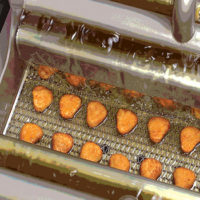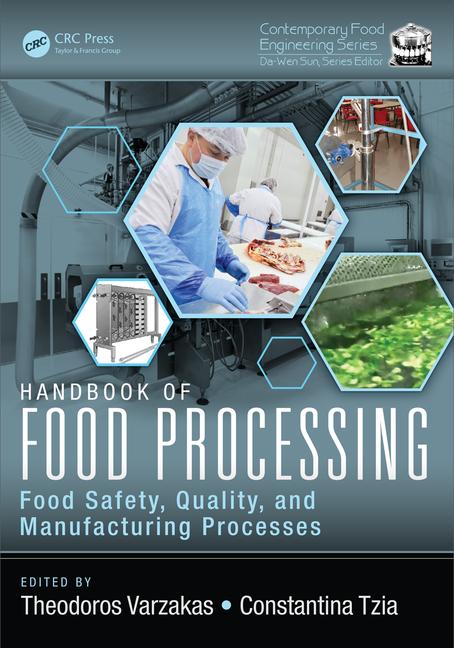Rapid and Convenient Monitoring of the Quality of Beverages, Water and Foods

The Biosart® 100 Monitor system has been designed specifically for the detection and enumeration of microorganisms potentially present in food, beverages and water, as well as in pharmaceuticals and cosmetics. This membrane filtration (MF) system includes a ready-to-use sterile and disposable unit, with an incorporated membrane filter and cellulose pad.
The major area of application for these monitors is the microbiological analysis of relatively large sample volumes that have a low number of microbes. In addition, they are suitable for testing smaller volumes by diluting sample in a suitable buffer. “This is often the microbiological method of choice for many customers testing fluid product, particularly for the brewing, juice, soft drink and potable water laboratories,” reports Asif Rahman, sales manager at Weber Scientific. “Use by our craft beer customers has really exploded recently.”
The Concept of Membrane Filtration
Membrane filters, made of cellulose nitrate (cellulose ester), have a porosity that is small enough to trap microorganisms of concern (typically 0.45 µm; however, 0.2 µm is also available). This is a material that ensures effective retention while providing high flow rates for optimum colony growth. The printed grid lines make the counting easier, especially for higher bacteria counts and for microcolonies, but do not influence the growth. The monitors are available in two types of membranes: white or gray (black after wetting), which allow the best contrast to the colonies for bacteria and for yeast and mold, respectively. According to Sharon Wilson, Weber Scientific’s vice president of marketing and product development, “With MF, there is a minimal amount of equipment needed. It economically permits quantitative and reproducible detection of trace contamination. I believe that is why it is such a popular system.”
Membrane Filtration Technique
After filtration, the 100-mL funnel is removed to convert the monitor into a Petri dish, eliminating the need for membrane manipulation. Culture media for wetting the pad are available in individually sterilized, convenient, plastic 2-mL ampules, or a medium of choice can be used. Monitors are then placed onto a vacuum manifold. A sample is passed through the membrane using a vacuum system. Any organisms in the sample are concentrated on the surface of the membrane. Presence or absence results are typically available within 24 hours.
This technique ensures the identification of all colonies. The quantity can represent either the total bioburden or the detection and quantification of specific microorganisms, based upon the medium selected. Some of the most popular prepared media cultivates for total enumeration, coliform and Escherichia coli, and yeasts and molds. Counts are expressed in CFU/mL sample. Additionally, membranes can be transferred from one medium to another for selection or differentiation of organisms, allowing isolation and enumeration of distinct colonies of bacteria. Other specific media are available.
A Fully Approved Method
The MF methodology is in compliance with a wide range of international standards, encompassing a variety of procedures, such as ISO (including 9001, 7704, 9308-1 and 8199), U.S. Environmental Protection Agency, World Health Organization and American Public Health Association’s Standard Methods for the Examination of Water and Waste Water.
Sterile and disposable monitors are available with white or gray membranes in a variety of packaging options.
Sartorius Biotech products are stocked and distributed by Weber Scientific.
www.weberscientific.com
Looking for a reprint of this article?
From high-res PDFs to custom plaques, order your copy today!







.webp?t=1721343192)
